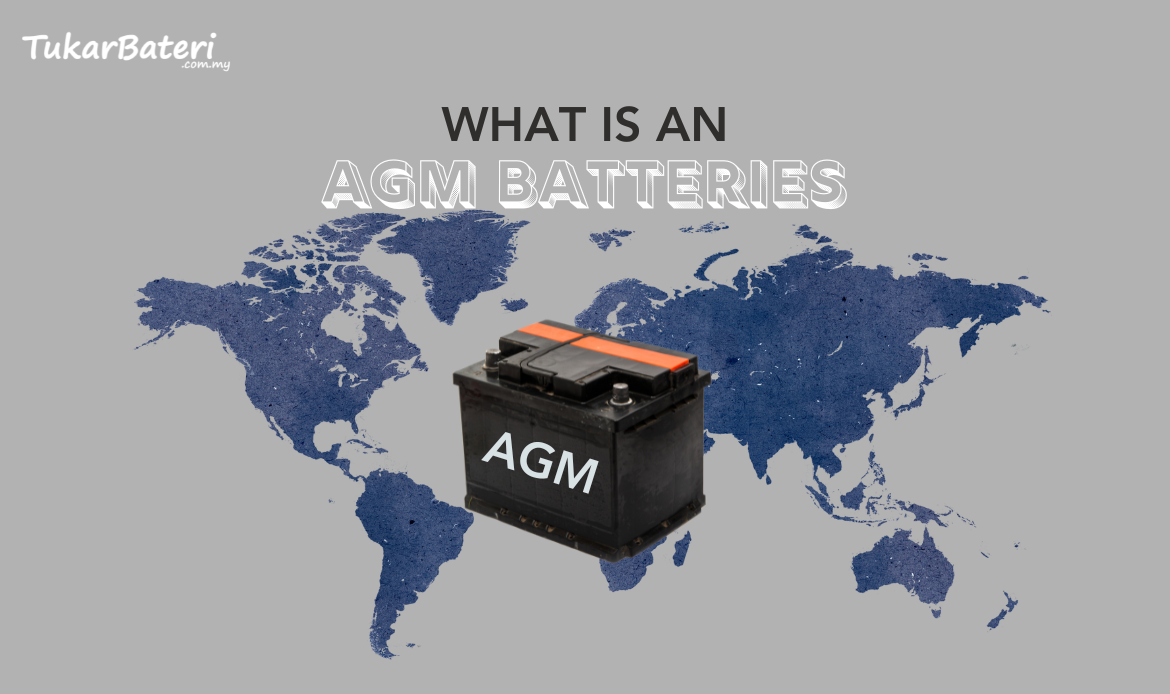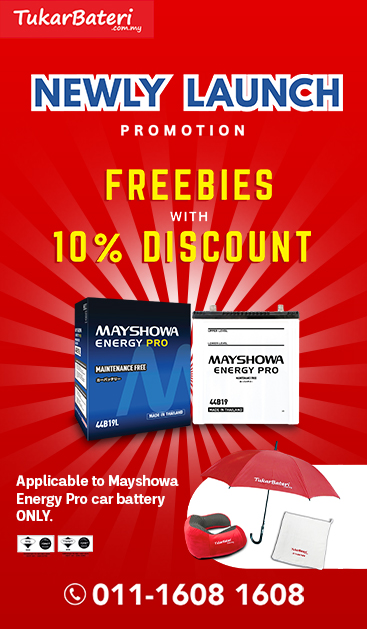AGM stands for Absorbent Glass Mat, which is a type of battery technology used in various applications, including cars, boats, and motorcycles. AGM batteries are designed to provide a high level of power and reliability, particularly in harsh conditions. An AGM battery is a type of lead-acid battery that uses a special separator made of glass fibres that absorb the electrolyte solution, instead of freely flowing liquid electrolyte. This design allows the battery to be sealed and maintenance-free and improves its resistance to shock and vibration.
AGM batteries are commonly used in applications where high-power output is required, such as in cars, trucks, and boats, as well as in backup power systems and renewable energy storage. They are also often used in deep-cycle applications, such as in RVs and off-grid solar systems, due to their ability to discharge deeply without damaging the battery.
In automotive applications, AGM batteries are often used in vehicles with high electrical demands, such as luxury cars and trucks with advanced audio and video systems. They are also used in hybrid vehicles as a backup power source to assist the electric motor when needed. It is generally more expensive than traditional lead-acid batteries, but they offer several benefits, including a longer lifespan, faster charging time, and better performance in cold weather. Overall, AGM batteries are a reliable and efficient option for many different applications.
What is the difference between an AGM battery and a standard battery?
AGM (Absorbent Glass Mat) batteries and standard batteries (typically referring to flooded lead-acid batteries) are two different types of rechargeable batteries. Here are some key differences between them:
Construction: AGM batteries are constructed with a layer of fiberglass matting that is saturated with electrolyte, while standard batteries have liquid electrolyte that freely surrounds the lead plates inside the battery.
Electrolyte Retention: AGM batteries have superior electrolyte retention due to the absorbent glass matting, which prevents the leakage of electrolyte even if the battery is tipped or damaged. Standard batteries, on the other hand, contain liquid electrolyte that can spill or leak if the battery is not kept upright.
Maintenance: AGM batteries are maintenance-free as they do not require regular topping up of electrolyte or checking of water levels like standard batteries. Standard batteries may require periodic maintenance to add distilled water to compensate for electrolyte loss.
Deep Discharge Capability: AGM batteries can handle deep discharge cycles better than standard batteries. They can be discharged to a lower percentage of their capacity without suffering significant damage or loss of performance.
Charging Efficiency: AGM batteries generally have a higher charging efficiency compared to standard batteries. They can accept charge at a faster rate and have lower internal resistance, allowing for more efficient energy transfer during the charging process.
Application: AGM batteries are commonly used in applications that require a reliable and maintenance-free power source, such as in vehicles, marine applications, backup power systems, and renewable energy systems. Standard batteries are often used in automotive applications and other situations where periodic maintenance is acceptable and feasible.
How do I know if my battery is AGM?
To determine if your battery is an AGM (Absorbent Glass Mat) battery, you can follow these steps:
Check the labeling: AGM batteries are typically labeled as AGM on the battery itself or on its packaging. Look for any indications or markings that specifically mention AGM.
Consult the owner’s manual: If you have the owner’s manual for the battery or the equipment it is installed in (such as a vehicle or a backup power system), refer to the documentation to see if it specifies the battery type as AGM.
Research the manufacturer’s specifications: Visit the manufacturer’s website or contact their customer support to obtain information about the battery type. They can provide details on whether it is an AGM battery or not.
Physical appearance: AGM batteries often have a distinctive appearance. They are typically sealed, maintenance-free batteries with a black or gray plastic casing and may have “AGM” or “Absorbent Glass Mat” printed on the label. However, this visual inspection alone may not always guarantee the battery type, so it is recommended to cross-check with other methods


